Despite contributing to the making of generations of professionals in the last more than seven decades, the state-run Degree College at Sopore is yet to reach a level where it can have NAC top grade, reports Daanish Bin Nabi
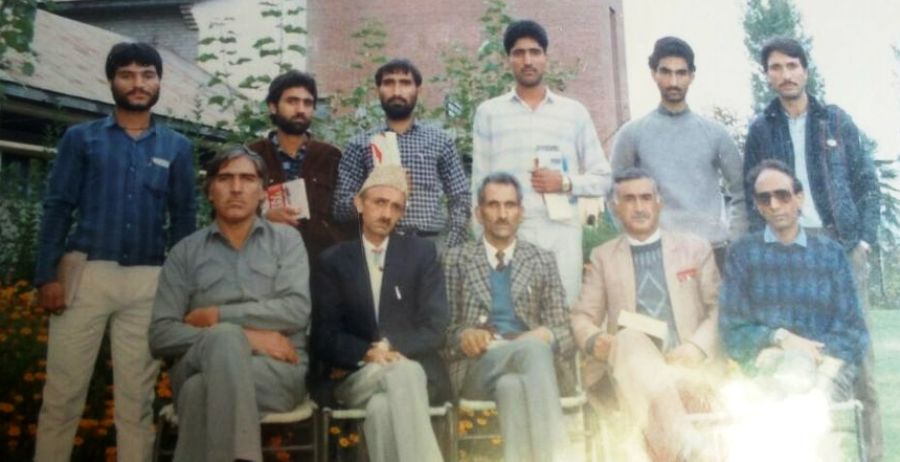
Precisely, the credit must go to politician Malik Abdul Gani and businessman Sukhdev Ganjoo who were instrumental in setting up the intermediate college at Sopore in 1949. They later literally chased the then Prime Minister, Sheikh Muhammad Abdullah to upgrade it into a college. On September 27, 1951, Sheikh laid the foundation stone of Degree College Sopore, with 50 students on its rolls. After 71 years, the college has 6000 boys and girls on its rolls. What distinguishes the college is that after the inaugural ceremony, no head of the Jammu and Kashmir ever visited the college.
Till the 1980s, students from north Kashmir would join the college after matriculation and study for four years and leave as graduates. Initially affiliated with erstwhile Jammu and Kashmir University it is one of the oldest affiliate colleges of the University of Kashmir.
“This college has been the highest seat of learning for over 60 years for the entire north Kashmir,” Prof Abdul Rashid, who has served the college for 11 years, said. “We cannot negate the role of this institution in spreading education to the far-flung border areas.”
Till the 1970s, it is interesting to mention, the college was housing SKUAST’s Agriculture College, till it managed its own premises at Wagoora.
The Bakhshi Era
In Ghulam Muhammad Bakhshi’s rule, when Jashn-e-Kashmir dominated the scene. Degree College Sopore was the epicentre of activities in north Kashmir. Teachers who served the institution then, remember that a large stage used to be installed and artists from all over Kashmir like the famous Qawal Zakhmir and Gani Trali (a famed Bach Kot from Tral) would perform.
Interestingly, however, during Bakhshi era, the college had fewer enrolments of girl students. There were only three girl students in college in the 1950s. Their number only increased from three to ten in the 1960s. It was only at the dawn of the 1970s that girls started to enrol in impressive numbers.
A Golden Era
The 1960s is being seen as the college’s golden age and the credit goes to its Principal Abdul Salaam Dhar, a resident of Srinagar. A tough disciplinarian and the main architect of the college, Sopore remembers Dhar by the nickname Hachkal (Woodhead).
“It was our luck that we had him as our head,” Prof Muhammad Abdullah Charoo, who served as Principal for 8 years till July 1998, said. “He was upright, disciplined and honest and would listen to no excuses whatsoever.”
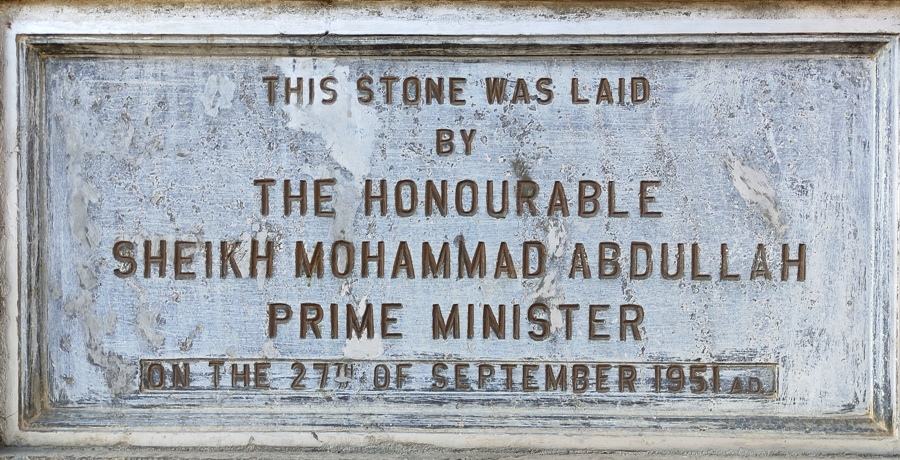
Dhar introduced a uniform – a grey blazer and grey trousers and a white shirt, the first in any Kashmir college. On the pattern of erstwhile Biscoe-style, he constituted small volunteer groups who would help people during natural disasters.
“No influential person would get admission during his time. All the tenders during his time were full proof. There was no compromise with anything,” remembers Prof Sheikh Sanaullah, who served the college for 33 years. “The cheating during the examination was rampant in the college and he curbed it.”
An Interesting Event
People talk about an interesting event. Veteran Congressman and lawmaker, Ghulam Rasool Kar of Sopore lived in the same vicinity, facing the college. In the early 1960s, he came from Srinagar in a bus that dropped him college gate. Then, the college had no fence. Kar tried to cross the college ground to reach home. Dhar interrupted him and asked him not to trespass on the college property. To Kar’s credit, being a sitting MLA, he patiently listened to the college principal and obeyed his orders.
“I was a student of the college in the 1960s. I vividly remember, Principal Dhar had installed simple boards all across the ground which read ‘trespassers will be prosecuted’. No one dared to cross the college property,” Charoo said. “Those were the days when the institution head would assert the authority and the society would take it very seriously.”
It was in Dhar’s era when the College launched Wullar magazine and every professor had to contribute to it.
Sheikh Sanaullah said that years before militancy broke out, one day students resorted to a protest demonstration in the town. In reaction, on the following day, paramilitary forces barged into the college and clashed with the students. “A professor provoked the students. After the issues were settled, Prof Dhar made an example of the professor. He was quickly shifted out of the college,” Sanaullah remembers.
Institutional Rivalry
Initially, the college opened for students in the eleventh class, then called PUC (pre-university class). Later, the Higher Secondary School was separated. Despite being separate entities, the two had a single umbilical cord – they share a common ground. On paper, the ground belonged to the Higher Secondary School.
In the 1960s, the Higher Secondary School was led by another visionary Principal, Abdul Gaffar Shah, a Geography lecturer. Like Dhar, Shah too was a man of principles, honest and upright.
Then, there was no demarcation of land between the two institutions and both would lay claim to the ground. Both the men stuck to their guns about the claims to the land and the stand-off between the two continued for many weeks. It happened in anticipation of a sports event.
The situation got out of control on the day of the event. The students from both institutions came to loggerheads with each other. Sensing the mess, they were landing their institutions in, and the two men sat down and sorted it out. “Had it not been Dhar and Shah, many would have died that day,” Sopore historian, Rasheed Parveen said. “There was rage on both sides. Students were young and immature.”
Up In Flames
However, the college did not remain unharmed for long. On the fateful night of October 7, 1990, at around 10 pm, a sudden blaze engulfed the entire college and burned it to cinders. The biggest loss was the destruction of a rich library housing 60,000 books. Some of the manuscripts that the Fourth Buddhist Council held at Harwan in Srinagar were also housed in the library along with other rare manuscripts. Nothing could be saved.
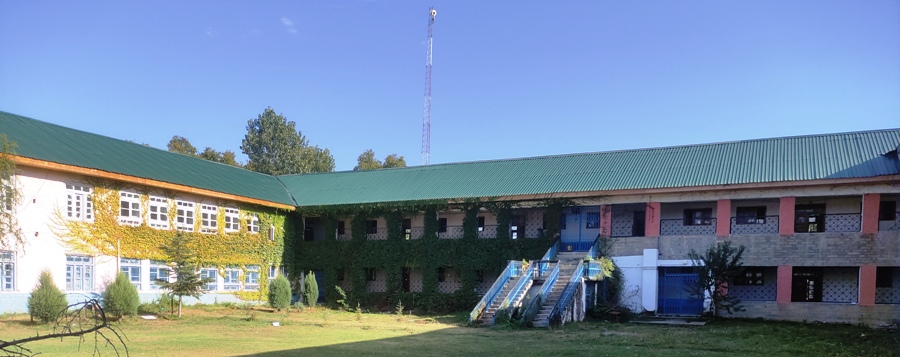
“We have lost a treasure. We could rebuild the college but we never get back that library. We lost our Baghdad that day,” Parveen regretted.
It was Muhammad Abdullah Charoo who headed the college. “Militancy was at its peak,” Charoo remembers. “That evening, I heard loud shouting. As I got out of my house, I saw huge flames from a distance and someone said the college has been burnt. Helpless, I could do nothing. Neither police nor the Fire and Emergency Services reached the spot. It was only around Fajar time that I reached the premises. It was devastating to see the ruins.”
For Charoo, it was a new challenge – running a college that had no edifice. His first drive was to Raj Bhawan. He remembers Governor Girish Chandra Saxena telling him: “We can do nothing. unko bolo jinhoney jalaya.”
Charoo got 20 tents from the Department of Education and started routine classwork within ten days. However, there was no library, laboratory or sports facility for the students. For months, Charoo would go from one government office to another for seeking some support in rebuilding the edifice. Finally, it was Vijay Bakaya, who came up with an idea.
“Bakaya Sahab told me if I can somehow show that Sopore falls in border areas then there is a scheme with the Government of India known as Border Area Development Program (BADP) from where I can get funds for the college,” Charoo remembers the top officer’s help. “I went to Delhi to the Ministry of Human Resource Development (MHRD) and told them that Sopore College caters to students from Bandipora, Kupwara which extends to Teetwal and Gurez area.
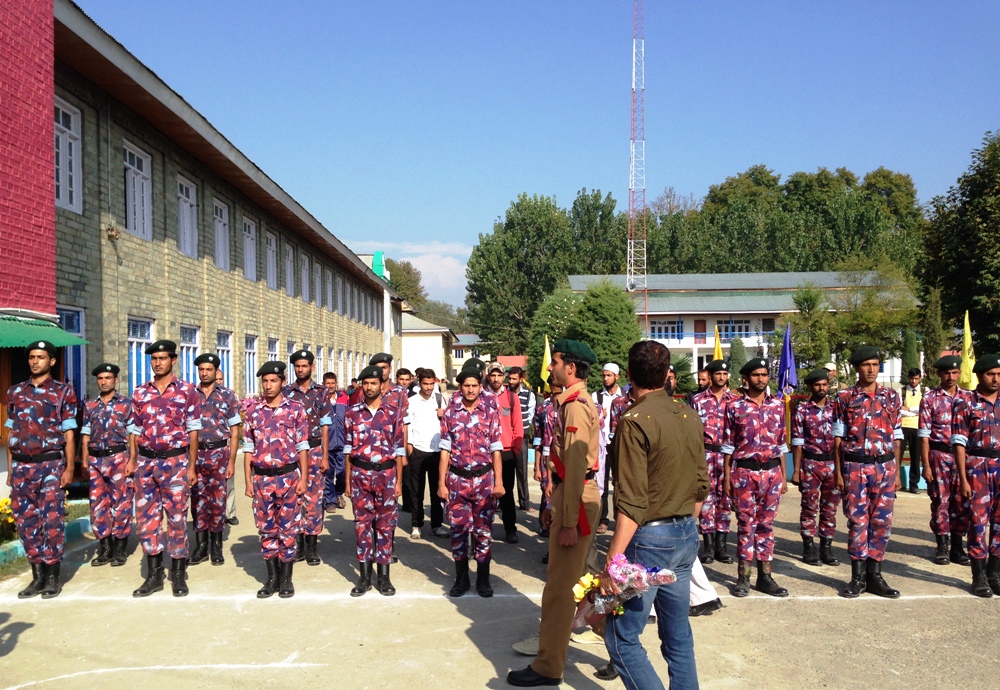
This is how I managed to put Sopore in border areas and got funds for college rebuilding. After it was approved, I remember Education Commissioner, Sushma Chowdhary telling me ‘Mubarak ho Paison ki Barish hai…lelo…’. The college got Rs 75 lakh as the first instalment.
Charoo said he hired a Srinagar Engineer for the re-building of the college. The new building was made fireproof and the old design was retained. Around 25000 books were purchased but rare manuscripts were lost forever.
The Wall of Fame
The College has produced a generation of leaders in diverse fields. Some have brought accolades internationally too. These included doctors, Muhammad Yousuf Kanjwal, M Sultan Khuroo, Khurshid Ahmad Salman, Abdul Rahman Rather, Manzoor Halwai, and Muhammad Shafi Tara; politicians Abdul Ahad Vakil, Hakeem Habibullah, Abdul Gani Bhat, Saifuddin Soz and teachers like Haji Ghulam Hassan Bacha, M A Charoo, Jeelani Kamran and scribes like Shujaat Bukhari.
It has also produced some wonderful debaters like Ghulam Qadir Wani. The colleges bought accolades in 1967-68 when five students qualified for medical courses from the college.
“Prof Maqbool Bhat was my relative and used to teach us Botany. Even as my relative he was strict with me and he made sure that there is no discrimination against other students, former CMO, Khurshid Salman said. “Many of our science subjects were also taught by Pandit teachers.”
Sporting Venue
The Subhan Stadium, locally known as the college ground in Sopore, was named after Sopore’s “legendary” footballer, Subhan Janwari. His legend is interesting: “He was the first Sopore footballer who played football wearing a shoe. Having a shoe in those days was a luxury.”
Subhan Janwari belonged to Mumkak Mohalla of Sopore and played for the Mohammadan Sporting team in 1960.
“Almost all the players who have played at national or international level have had their basic training at the Sopore College Ground,” veteran cricketer, Bashir Ahmad Bhat, said. “However, we lack the basic facilities now. Sopore College has no contribution towards the sports facilities in the town. They even turned their own ground into a concrete jungle.”
During the 1960s and the 1970s, teams from Srinagar like the Transport Department Team; Food Department Team, KMD Team and the Police Team used to play at the Sopore College ground.
In the 1980s, Srinagar Transport Team led by Majeed Kakroo, the ace footballer who led the Indian team to Bangladesh, visited Sopore for a match with the host team. It triggered a crisis and led to Kakroo’s marshalling. The match was never played.
Presently, only two cricket tournaments and three football tournaments are being played between June and October at Sopore College ground. It has lost the sole venue of knowledge and sports.
Space Constraints
Though the college has 105 kanals of land in the heart of the town, the haphazard expansion of new buildings has shrunken the space. There are around three to four classes daily for every subject in 36 departments. The teaching staff caters to nearly 100 classes on daily basis.
College managers said more departments are coming up and there is a dire need for a satellite campus for the college. The departments of Biotechnology, Biochemistry, and BBA and a large Botanical Garden have come up inside the college and the college is craving more space.
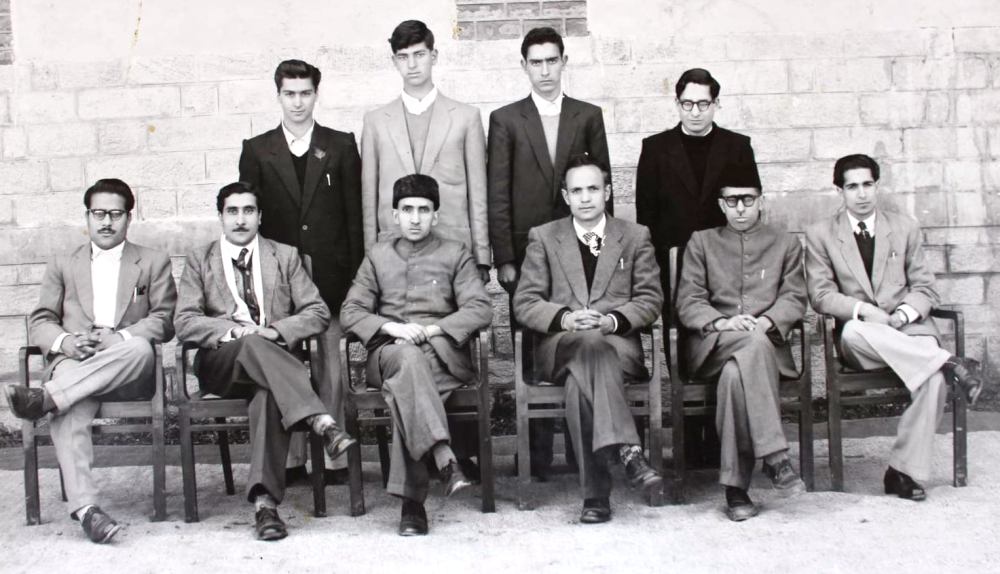
In 2013, the college administration required the district administration to provide them with land for the construction of a satellite campus in Tuilbal area. Interestingly, the land identified for the college was eventually given for the construction of police.
“We requested the administration to provide us the land of Sopore’s District Institute of Education and Training (DIET), after the premises was shifted to Watlab but that too was not considered,” Prof Abdul Rashid said. The erstwhile DIET is adjacent to the College and is ideal for its use.
Upgradation
Within the premises, however, there are improvements. The college now uses a smart classroom, comprising a smart board with an internet broadband connection.
If a student misses the lecture he can join the classroom over her/his cell phone through an app. Students alleged that many of these smart classes are rarely used.
The fully automated library has 39850 books for 36 subjects. Students can access the material of other national and international universities too. A special detector Radio Frequency Identification Device (RFID) has also been installed to stop the theft of books from the library. “If a student attempts to steal a book, she/he can be detected and stopped,” Chief Librarian Dr Ansar Hussain said.
A new indoor stadium is also come up. Measuring 110 x 49 ft, it will soon be dedicated to students.
The College also runs two hostels one each for boys and girls. Unlike the boys’ hostel, the girls’ hostel is in shambles due to the management feud with the contractor.
Both its websites were down when accessed in October 2022, at the time of filing this report.
Despite all this, the college failed to impress the National Advisory Council (NAC) in 2015. The College falls in Grade B unlike its junior cousin in Baramulla which falls in Grade A, making it financially independent.
















When the Principal of college ask a professor in one subject to teach the other subject then you can well understand where this once prestigious institution is leading towards…